
Is a Vacuum Cooler a Smart Investment for Your Farm's Size?
You see large-scale farms using advanced technology and wonder if it’s out of reach for your operation. The fear of being outpaced by better-equipped competitors is real and stressful.
Yes, a vacuum cooler is a smart investment regardless of size; the economics simply scale. For small farms, it generates new revenue by unlocking premium markets. For large farms, it maximizes profit by optimizing throughput and slashing operational costs.
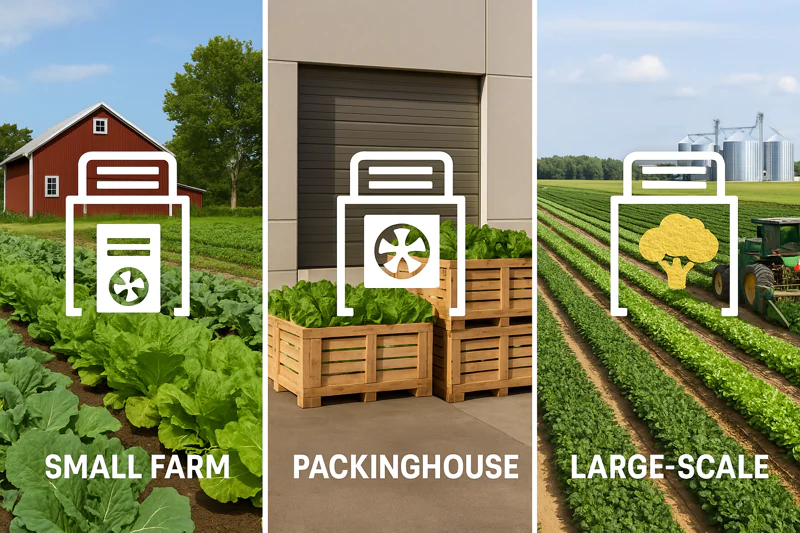
The key is to stop seeing this equipment as a simple cost and start analyzing it as a strategic tool designed to solve the specific financial challenges you face at your current scale. Let’s break down the return on investment for small, medium, and large operations.
How Can a Small Farm Afford a Vacuum Cooler?
Facing a significant capital expense when margins are already tight is the biggest hurdle for a small farm. The price tag can feel like an impossible mountain to climb.
A small farm affords this by focusing on Return on Investment (ROI), not the initial cost. The machine pays for itself by preventing crop loss and opening access to high-value buyers who were previously out of reach.
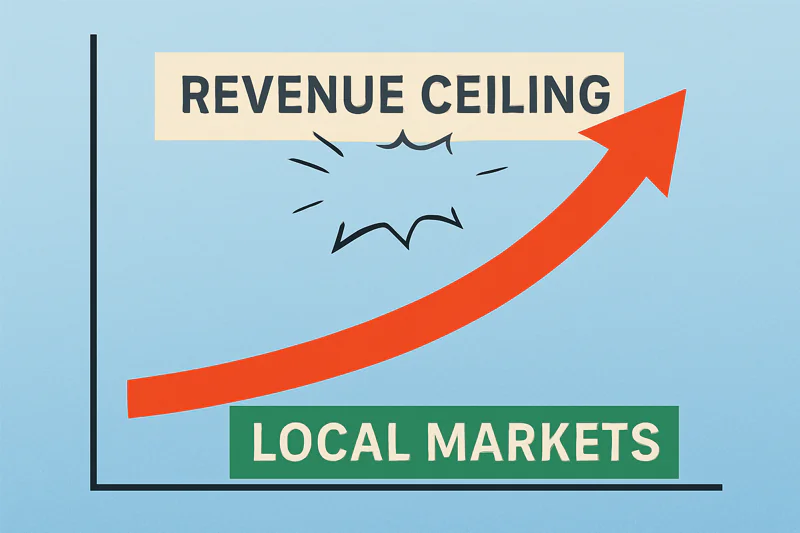
I talk to many small farm owners, people like Carlos, who are incredibly passionate about their produce. They often accept a 15-20% product loss as an unavoidable cost of doing business. But this isn’t a fixed cost; it’s a revenue leak. If your harvest is worth $150,000, that’s $22,500 vanishing into thin air every year. A vacuum cooler that cuts this loss down to under 5% saves you $15,000 annually from waste alone. That’s a direct cash payment back into your business. More importantly, it gives you a "golden ticket" to new markets. You can now approach regional distributors or high-end grocery chains, who will reject any produce that isn’t properly pre-cooled. These markets often pay a 20-30% premium, generating a completely new revenue stream that helps the machine pay for itself even faster.
The Math for a Small Farm
The calculation is simple: the money you stop losing plus the new money you start making often exceeds the annual cost of financing the equipment. You aren’t just buying steel; you are buying access to a more profitable business model.
| Financial Metric | Before Vacuum Cooler1 | After Vacuum Cooler |
|---|---|---|
| Annual Harvest Value | $150,000 | $150,000 |
| Revenue Lost to Spoilage2 (15%) | -$22,500 | -$4,500 (at 3%) |
| Premium Market Access3 | $0 (Cannot meet quality standards) | +$30,000 (Accessing higher-paying buyers) |
| Net Financial Impact | -$22,500 Loss | +$43,500 Swing in Revenue/Savings |
When Does a Medium-Sized Farm Reach the Tipping Point?
You’ve grown beyond a small operation, but now you face new problems. Your cold room is always full, and you’re turning down orders because you can’t guarantee quality at a larger volume.
The tipping point is when your current cooling methods become a bottleneck that limits your growth. If you are struggling to fulfill large, profitable orders quickly and consistently, the investment becomes essential.
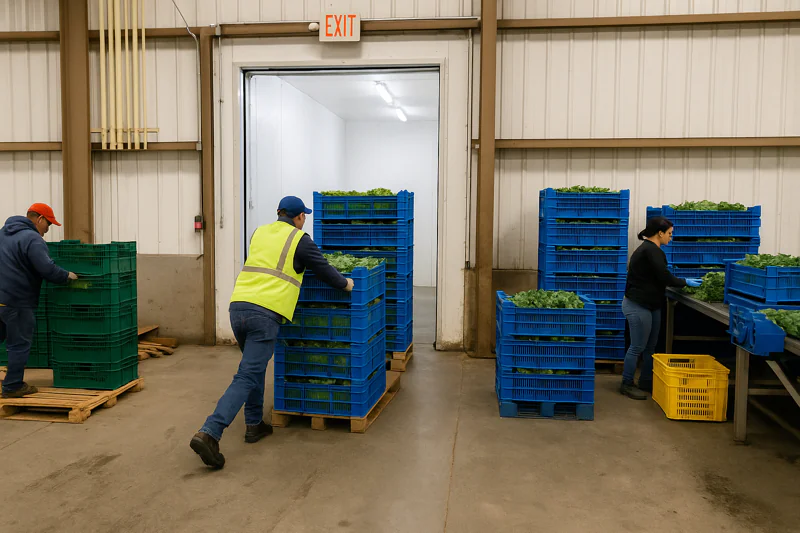
For a medium-sized farm, the economic argument shifts from "survival" to "efficiency and scale." You likely have a relationship with a few good buyers, but you want more. The problem is that your traditional cold room takes 12+ hours to cool a pallet. On a busy harvest day, pallets start to back up. The product harvested in the afternoon waits for hours, losing shelf life and quality with every minute. This limitation forces you to say "no" to a surprise large order from a key customer. This is the tipping point. The lost revenue from that single refused order could represent a significant portion of an equipment payment. For you, the vacuum cooler is not about getting your first big client; it’s about being able to serve all your big clients reliably and take on even more.
Throughput is Everything
It becomes a simple question of production capacity. In an 8-hour workday, a slow cold room might only properly cool a few pallets. A vacuum cooler can process two pallets every hour. It removes the single biggest constraint on your daily shipping volume.
| Factor | Traditional Cold Room | Vacuum Cooler4 System |
|---|---|---|
| Cooling Time/Pallet5 | 12-24 hours | ~25-30 minutes |
| Pallets Cooled/8-hr Day | ~4-8 (if space allows staggered loading) | ~16-32 |
| Consistency | Uneven (core is warmer) | Perfectly uniform |
| Economic Result6 | Growth is capped by cooling capacity. | Growth is enabled by efficient throughput. |
What’s the Economic Advantage for a Large-Scale Farm?
At a large, commercial scale, you’re not wondering "if" you need precooling. You’re asking "how can I do it faster, cheaper, and better?" Every percentage point of efficiency translates into huge savings.
For a large farm, the economic advantage is optimization at scale. It’s about maximizing throughput, minimizing labor costs per unit, reducing energy consumption, and solidifying brand dominance with indisputable quality.
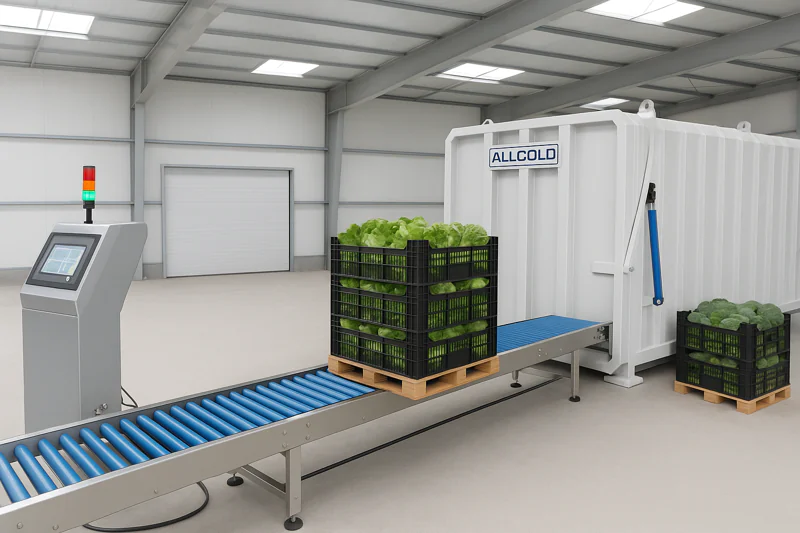
On a large-scale operation that professional buyers like Norman source from, efficiency is measured in cents per kilogram. Slow processes are profit killers. While a vacuum cooler is a significant investment, its economic return is calculated differently here. We analyze the cost-per-pallet. A vacuum cooler drastically reduces labor hours; there is no need to constantly move pallets around a cold room. Its rapid cycle means it only draws peak power for a short time, which can be more energy-efficient than running a massive refrigeration unit for 24 hours straight to achieve the same result. When you are cooling hundreds of pallets a day, saving a few dollars in energy and labor on each one adds up to tens of thousands in annual savings.
The Economics of Dominance
Furthermore, the unwavering consistency provided by a vacuum cooler is what allows a large farm to supply the most demanding clients in the world, like major supermarket chains and export markets. This technology is the foundation of their brand promise and market position.
| Cost Center | With Traditional Multi-Room Cooling | With Integrated Vacuum Cooling |
|---|---|---|
| Labor/Pallet | High (multiple handling steps) | Low (load once, unload once) |
| Energy/Pallet | Moderate-High (long duration) | Low-Moderate (short, intense cycle) |
| Footprint Required | Very Large (many cold rooms) | Compact and efficient |
| Financial Outcome | High operational overhead. | Lean operations, maximized profit margins. |
What Hidden Economic Factors Should Every Farm Consider?
Calculating waste reduction and throughput is straightforward. But some of the biggest financial benefits are harder to put on a spreadsheet, yet they impact every farm size.
The most crucial hidden factors are brand reputation and risk mitigation. A reputation for quality allows you to command higher prices, while eliminating shipment rejections prevents sudden, catastrophic financial losses.

Think about your farm’s name. What is it worth? When you invest in technology that guarantees superior quality, you are building brand equity. Buyers learn that produce from your farm is always reliable, fresh, and has a great shelf life. This reputation allows you to move away from being a commodity seller and become a premium supplier. It gives you negotiating power. On the flip side, consider the risk. What happens when a buyer rejects a shipment because it arrived warm? You lose the product, the labor, the packaging, and the freight costs. This single event can wipe out an entire week’s profit. A vacuum cooler is your insurance policy. It virtually eliminates the risk of rejections due to temperature issues, securing your cash flow and protecting your bottom line.
The Value You Can’t Immediately See
These factors, while "hidden," are often the most powerful drivers of long-term profitability and business stability. They are what separate the struggling farms from the thriving ones.
| Hidden Value Driver | Economic Impact | Relevance by Size |
|---|---|---|
| Brand Reputation7 | Justifies premium pricing, builds customer loyalty. | All Sizes |
| Risk Mitigation8 | Prevents devastating losses from rejected shipments. | All Sizes |
| Negotiating Power9 | Stronger position when your quality is guaranteed and documented. | All Sizes |
Conclusion
Whether your farm is small or large, a vacuum cooler’s economics are compelling. It transforms from a cost center into a strategic investment in quality, efficiency, and secure, long-term profitable growth.
-
Explore how vacuum coolers can significantly reduce spoilage and increase profits for small farms. ↩
-
Learn effective strategies to reduce spoilage and enhance profitability in farming operations. ↩
-
Discover the advantages of accessing premium markets and how it can boost your farm’s income. ↩
-
Explore how vacuum coolers enhance efficiency and throughput in food processing, leading to better production outcomes. ↩
-
Understanding cooling time can help optimize production processes and improve overall efficiency in operations. ↩
-
Learn how efficient throughput can drive economic growth and improve production capabilities in various industries. ↩
-
Understanding brand reputation can help you leverage it for better pricing and customer loyalty, essential for long-term success. ↩
-
Exploring risk mitigation strategies can safeguard your business from potential losses, ensuring stability and growth. ↩
-
Enhancing your negotiating power can lead to better deals and partnerships, crucial for thriving in competitive environments. ↩

Mila
You May Also Like
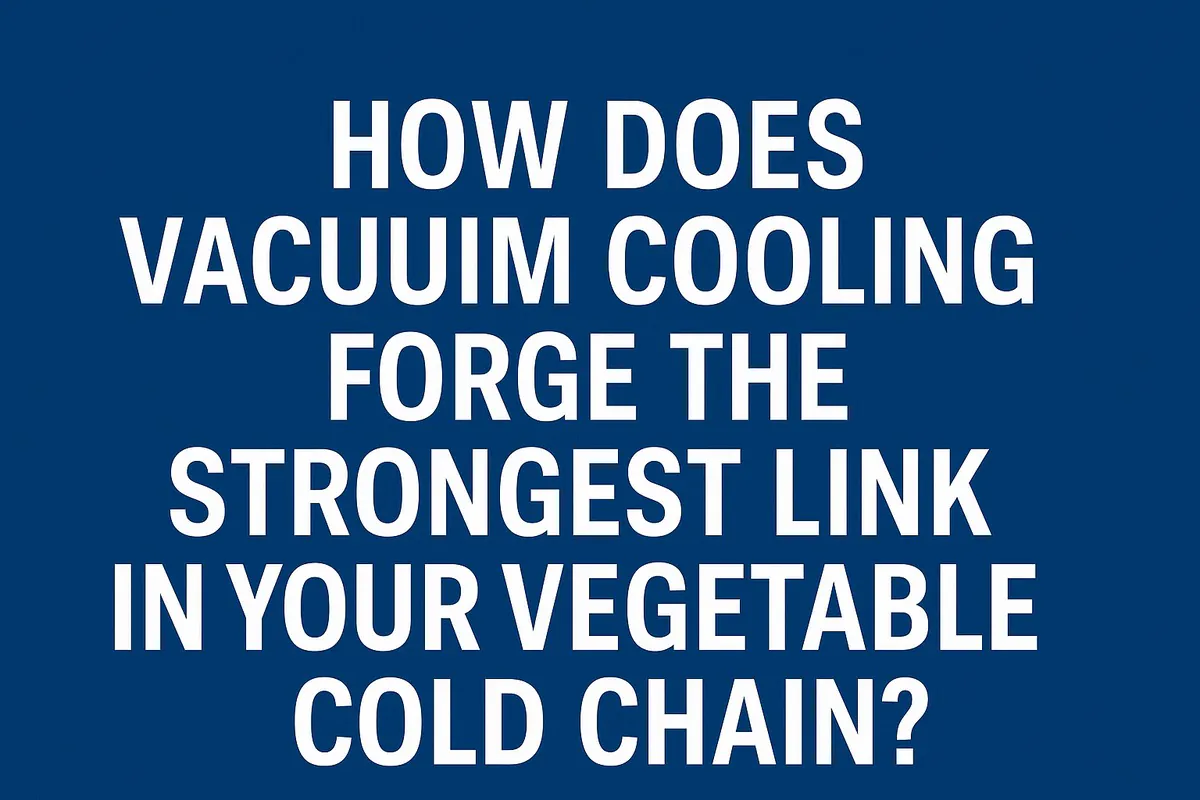
How Does Vacuum Cooling Forge the Strongest Link in Your Vegetable Cold Chain?
You work tirelessly to grow perfect, healthy vegetables. Yet, you know that from the moment of harvest, an invisible clock
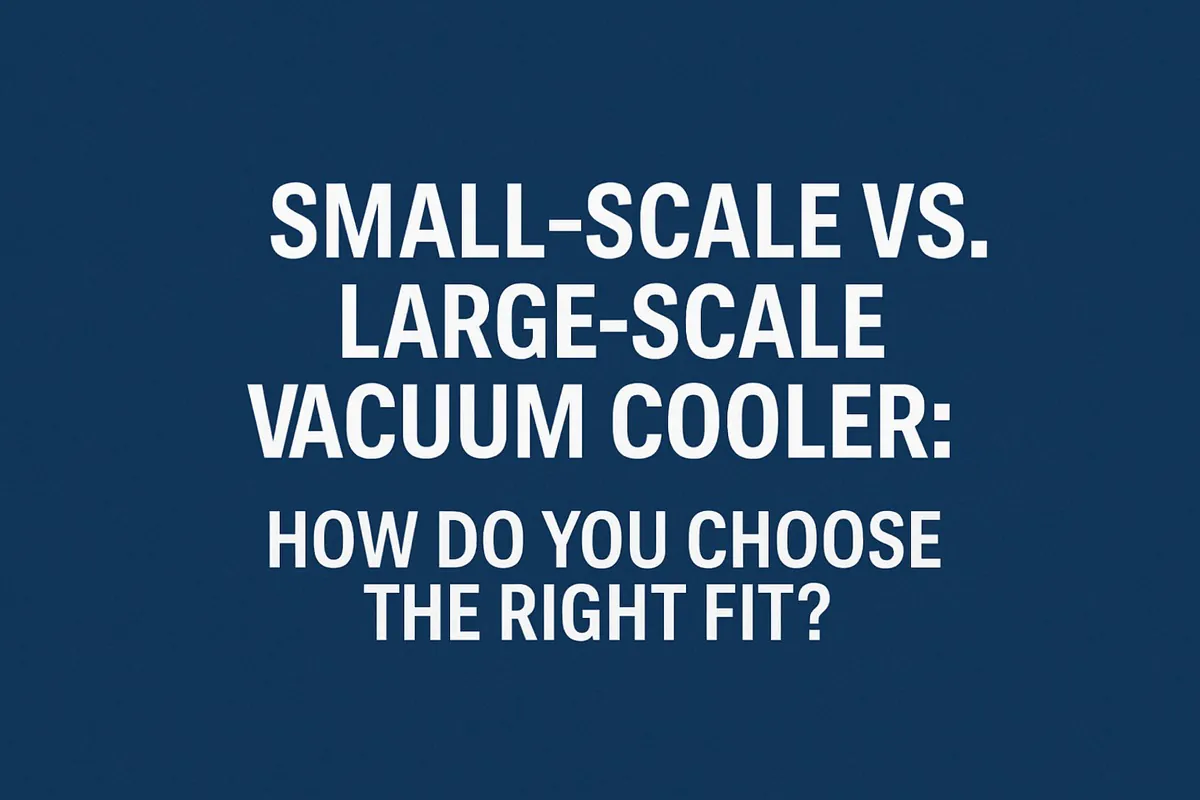
Small-Scale vs. Large-Scale Vacuum Cooler: How Do You Choose the Right Fit?
You’re convinced that vacuum cooling is the key to elevating your product quality, but now you face a critical decision.
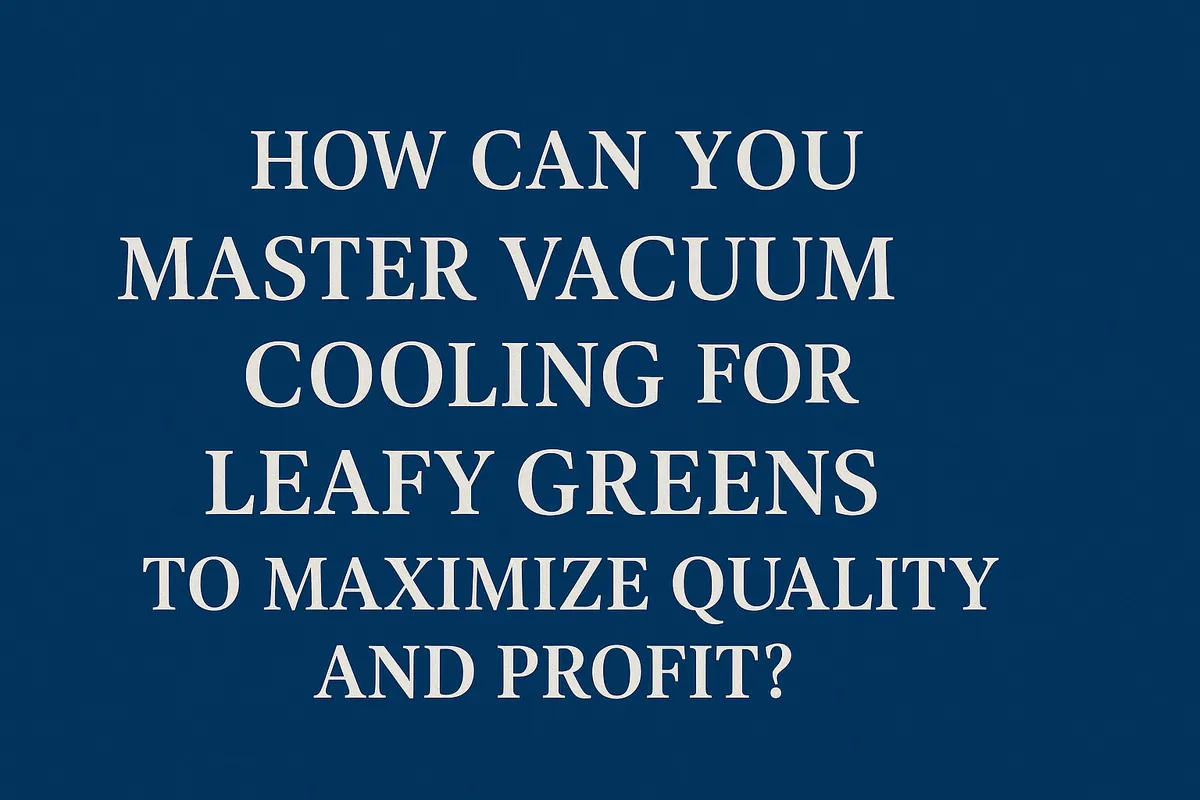
How Can You Master Vacuum Cooling for Leafy Greens to Maximize Quality and Profit?
You grow beautiful, vibrant leafy greens, but you know the invisible enemy is time. From the moment of harvest, the
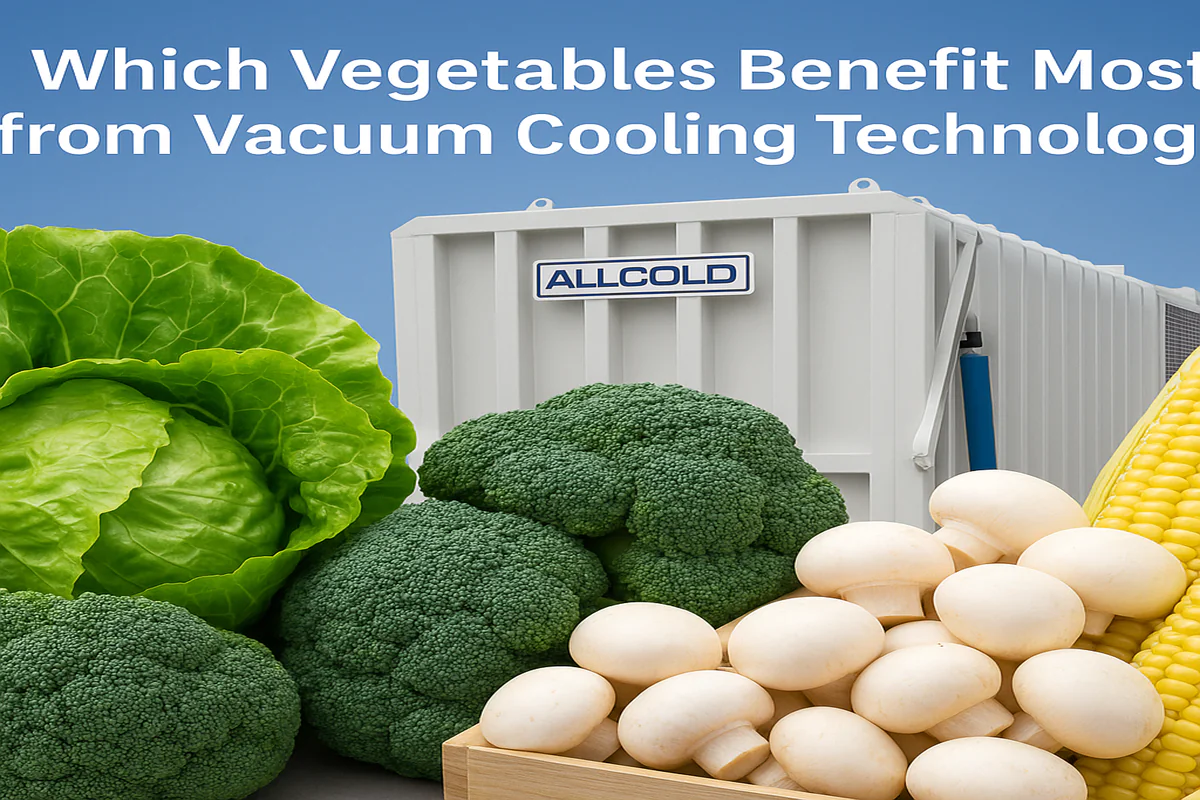
Which Vegetables Benefit Most from Vacuum Cooling Technology?
You see the promise of rapid cooling, extended shelf life, and superior quality, but you’re unsure if this technology is
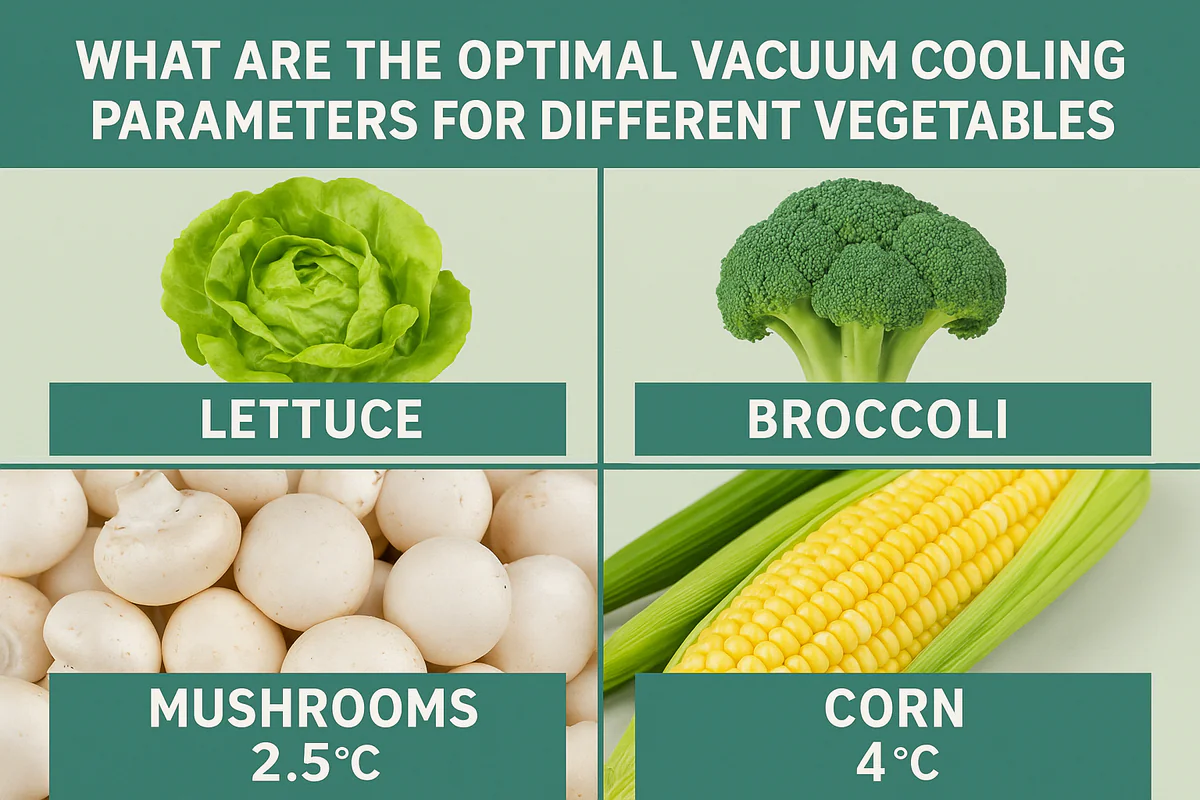
What Are the Optimal Vacuum Cooling Parameters for Different Vegetables?
You’ve harvested beautiful produce, from crisp lettuce to delicate mushrooms. But using a "one-size-fits-all" setting on your vacuum cooler feels
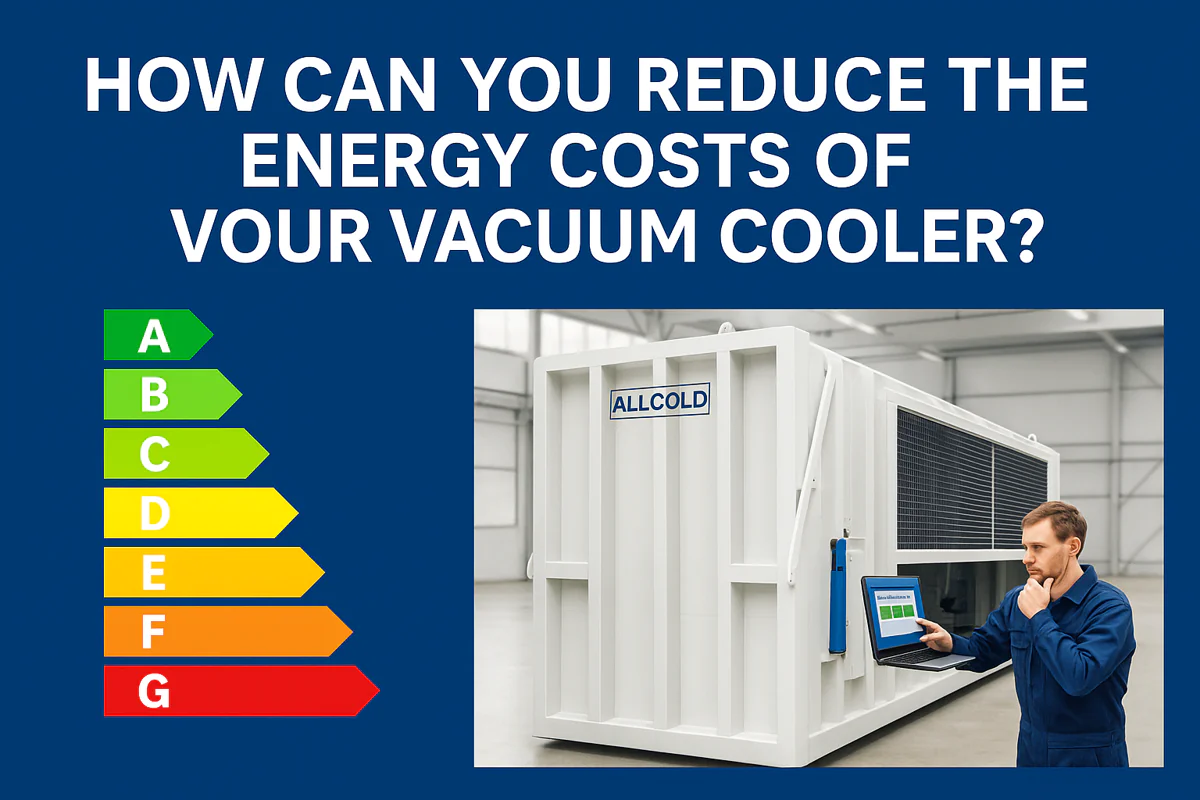
How Can You Reduce the Energy Costs of Your Vacuum Cooler?
Your vacuum cooler is a powerhouse of productivity, but your monthly electricity bill is climbing. You’re starting to wonder if
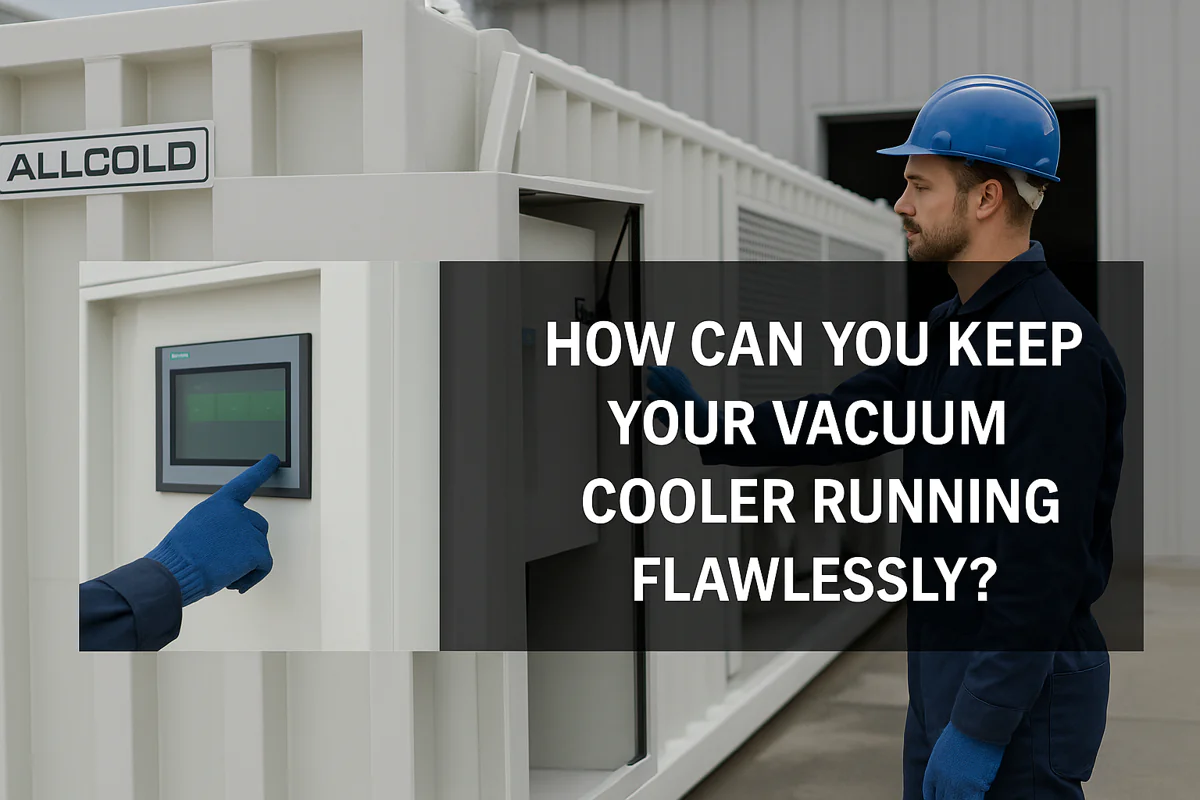
How Can You Keep Your Vacuum Cooler Running Flawlessly?
Your vacuum cooler is a vital asset, but you’re worried about unexpected breakdowns during peak season. Neglecting maintenance feels like
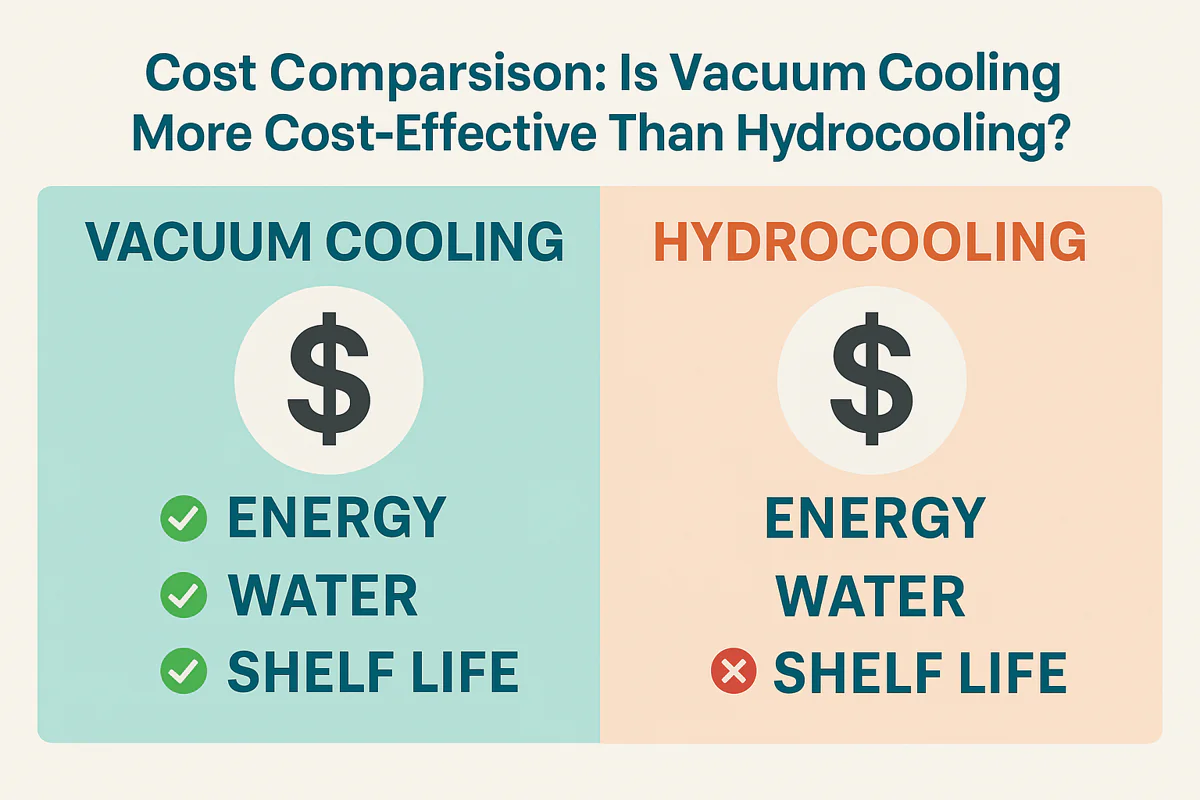
Cost Comparison: Is Vacuum Cooling More Cost-Effective Than Hydrocooling?
Choosing between cooling technologies feels like a high-stakes gamble. You need to lower your operational costs, but the wrong decision
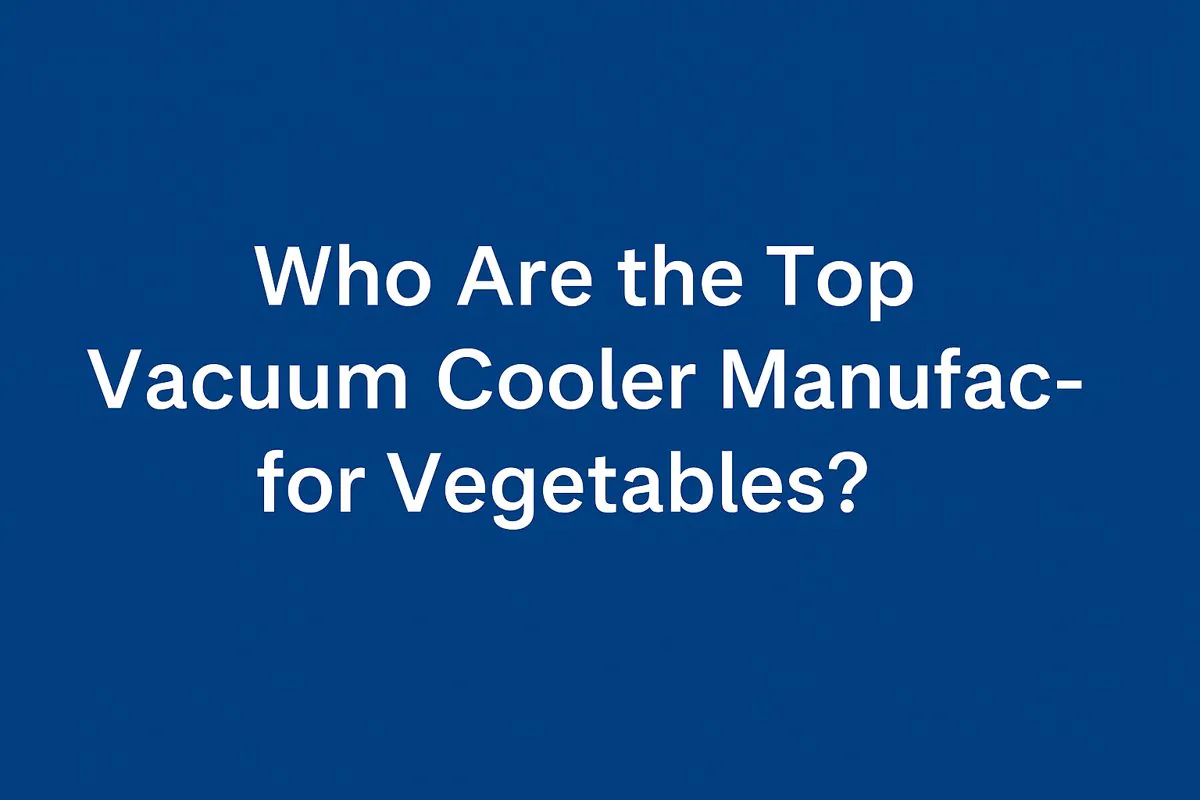
Who Are the Top Vacuum Cooler Manufacturers for Vegetables?
Searching for a list of top vacuum cooler brands can be overwhelming. You’re not just buying a machine; you’re investing
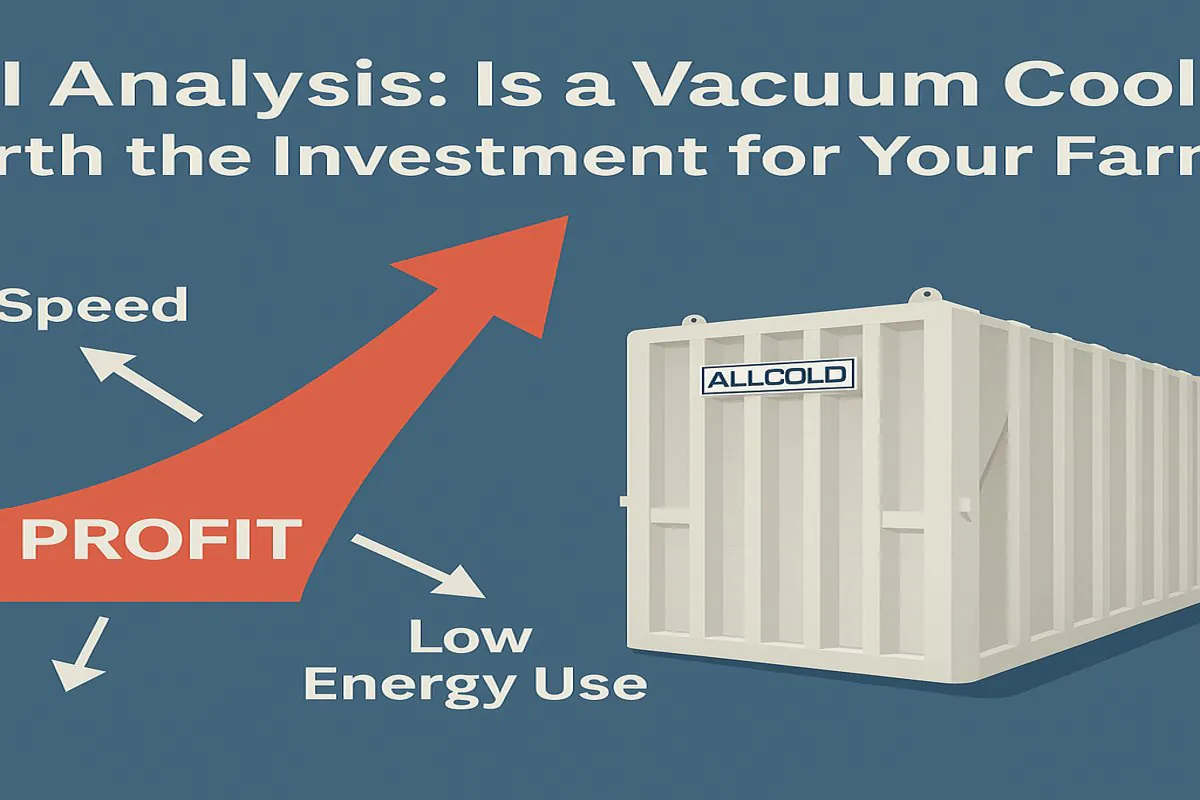
ROI Analysis: Is a Vacuum Cooler Worth the Investment for Your Farm?
You see the high upfront cost of a vacuum cooler and hesitate. But slow cooling methods and post-harvest losses are
